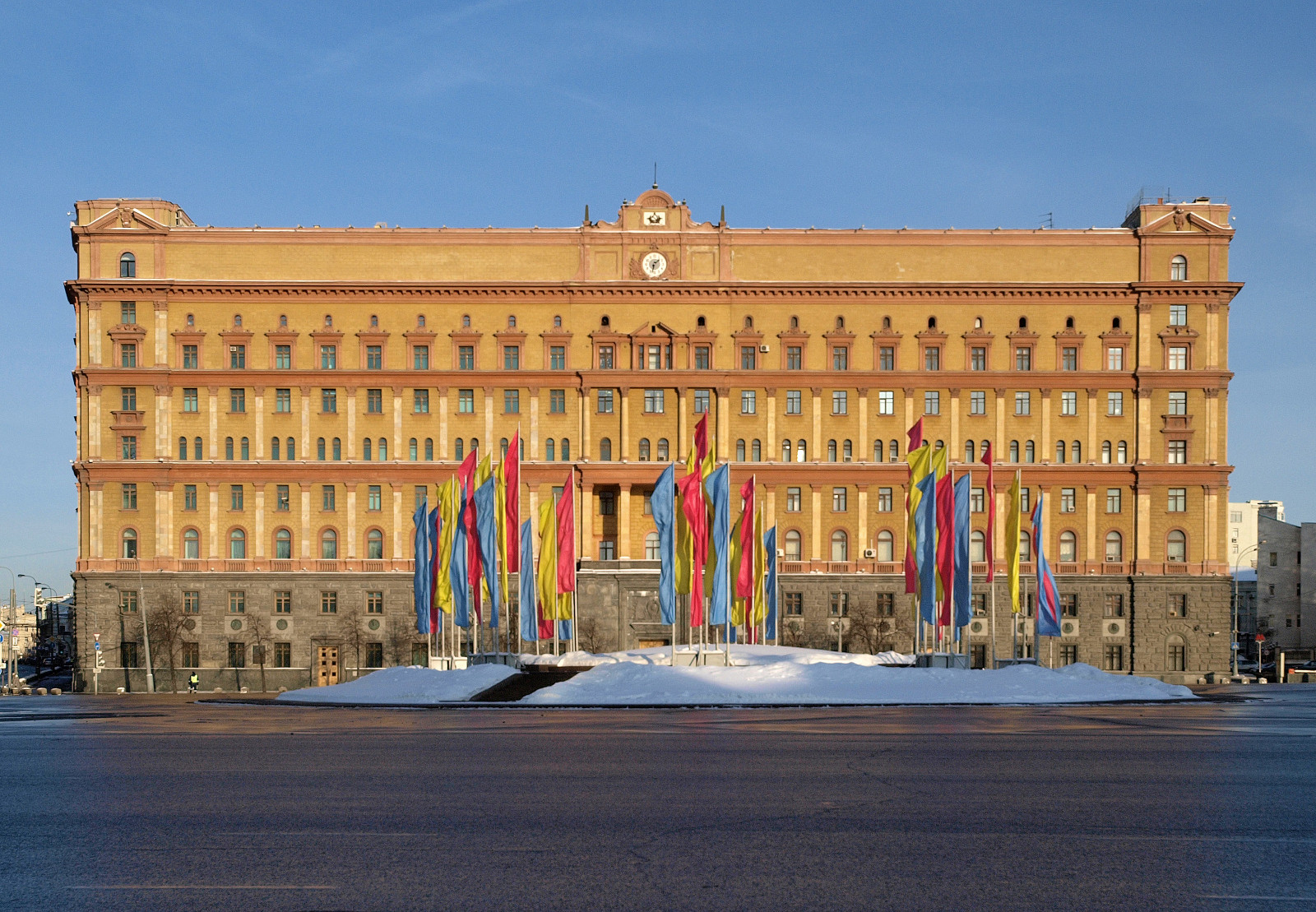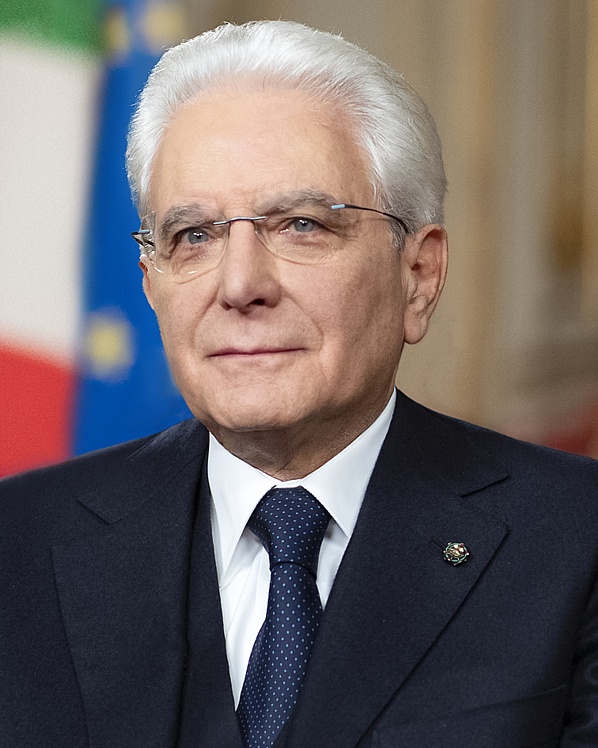|
Biblioteca Della Comunità Israelitica
The Biblioteca della Comunità Israelitica was the library of the Jewish community of Rome, Italy. Established in the early 20th century, it housed approximately 7,000 rare or unique books and manuscripts dating back to at least the 16th century. According to the Central Registry of Looted Art, it was the most important Jewish library in Italy and one of the most important in the world. The contents of the library were looted by Nazi Germany shortly after the Raid of the Ghetto of Rome in October 1943, and have never been recovered. Two months later, the contents of the ''Collegio Rabbinico Italiano'', the Italian Rabbinical College's library located in the same building, were also looted; only part of the contents of the latter library have been recovered. Contents The Biblioteca della Comunità Israelitica was set up in the early 20th century in rooms above the Great Synagogue of Rome at Lungotevere De' Cenci. Its contents consisted of publications that had previously been held ... [...More Info...] [...Related Items...] OR: [Wikipedia] [Google] [Baidu] |
Roman Ghetto
The Roman Ghetto or Ghetto of Rome ( it, Ghetto di Roma) was a Jewish ghettos in Europe, Jewish ghetto established in 1555 in the Sant'Angelo (rione of Rome), Rione Sant'Angelo, in Rome, Italy, in the area surrounded by present-day Via del Porticus Octaviae, Portico d'Ottavia, Lungotevere De' Cenci, Lungotevere dei Cenci, Via del Progresso and Via di Santa Maria del Pianto, close to the River Tiber and the Theatre of Marcellus. With the exception of brief periods under Napoleon from 1808 to 1815 and under the Roman Republics of Roman Republic (18th century), 1798–99 and Roman Republic (1849), 1849, the ghetto of Rome was controlled by the papacy until the capture of Rome in 1870.Lerner, 1. Creation The Jewish community of Rome is probably the oldest in the world outside of the Middle East, with a continuous existence from classical times down to the present day. The first record of Jews in Rome is in 161 BC, when Jason b. Eleazar and Eupolemus b. Johanan are said to have gone ... [...More Info...] [...Related Items...] OR: [Wikipedia] [Google] [Baidu] |
Reichsleiter Rosenberg Taskforce
The Reichsleiter Rosenberg Taskforce (german: Einsatzstab Reichsleiter Rosenberg or ''ERR'') was a Nazi Party organization dedicated to appropriating cultural property during the Second World War. It was led by the chief ideologue of the Nazi Party, Alfred Rosenberg, from within the NSDAP Office of Foreign Affairs. Between 1940 and 1945, the ERR operated in France, Netherlands, Belgium, Poland, Lithuania, Latvia, Estonia, Greece, Italy, and on the territory of the Soviet Union in the Reichskommissariat Ostland and Reichskommissariat Ukraine. Much of the looted material was recovered by the Allies after the war, and returned to rightful owners, but there remains a substantial part that has been lost or remains with the Allied powers. Formation The ERR was initially a project of '' Hohe Schule der NSDAP'', a Nazi-oriented elite university, which was subordinate to Alfred Rosenberg. Rosenberg wanted it to be a research institute filled with cultural material on the opponents of t ... [...More Info...] [...Related Items...] OR: [Wikipedia] [Google] [Baidu] |
Looting
Looting is the act of stealing, or the taking of goods by force, typically in the midst of a military, political, or other social crisis, such as war, natural disasters (where law and civil enforcement are temporarily ineffective), or rioting. The proceeds of all these activities can be described as booty, loot, plunder, spoils, or pillage. During modern-day armed conflicts, looting is prohibited by international law, and constitutes a war crime.Rule 52. Pillage is prohibited. ''Customary IHL Database'', (ICRC)/ |
Jewish Theological Seminary Of America
The Jewish Theological Seminary (JTS) is a Conservative Jewish education organization in New York City, New York. It is one of the academic and spiritual centers of Conservative Judaism and a major center for academic scholarship in Jewish studies. The Jewish Theological Seminary Library is one of the most significant collections of Judaica in the world. In addition to a number of research and training institutes, JTS operates five schools: *Albert A. List College of Jewish Studies (affiliated with Columbia University; offers joint/double bachelor's degree programs with both Columbia and Barnard College) * Gershon Kekst Graduate School * William Davidson Graduate School of Jewish Education * H. L. Miller Cantorial School and College of Jewish Music * The Rabbinical School History Possible antecedents: Jewish Theological Seminary of Breslau Rabbi Zecharias Frankel (1801–1875) was a leading figure in mid-19th Century German Jewry. Known both for his traditionalist views and ... [...More Info...] [...Related Items...] OR: [Wikipedia] [Google] [Baidu] |
Federal Security Service
The Federal Security Service of the Russian Federation (FSB) RF; rus, Федеральная служба безопасности Российской Федерации (ФСБ России), Federal'naya sluzhba bezopasnosti Rossiyskoy Federatsii, fʲɪdʲɪˈralʲnəjə ˈsluʐbə bʲɪzɐˈpasnəstʲɪ rɐˈsʲijskəj fʲɪdʲɪˈratsɨɪ) is the principal security agency of Russia and the main successor agency to the Soviet Union's KGB; its immediate predecessor was the Federal Counterintelligence Service (FSK) which was reorganized into the FSB in 1995. The three major structural successor components of the former KGB that remain administratively independent of the FSB are the Foreign Intelligence Service (SVR), the Federal Protective Service (FSO), and the Main Directorate of Special Programs of the President of the Russian Federation (GUSP). The primary responsibilities are within the country and include counter-intelligence, internal and border security, counter-terr ... [...More Info...] [...Related Items...] OR: [Wikipedia] [Google] [Baidu] |
Reichssicherheitshauptamt
The Reich Security Main Office (german: Reichssicherheitshauptamt or RSHA) was an organization under Heinrich Himmler in his dual capacity as ''Chef der Deutschen Polizei'' (Chief of German Police) and ''Reichsführer-SS'', the head of the Nazi Party's ''Schutzstaffel'' (SS). The organization's stated duty was to fight all "enemies of the Reich" inside and outside the borders of Nazi Germany. Formation and development Himmler established the RSHA on 27 September 1939. His assumption of control over all security and police forces in Germany was a significant factor in the growth in power of the Nazi state. With the formation of the RSHA, Himmler combined under one roof the Nazi Party's ''Sicherheitsdienst'' (SD; SS intelligence service) with the ''Sicherheitspolizei'' (SiPo; "Security Police"), which was nominally under the Interior Ministry. The SiPo was composed of two sub-departments, the ''Geheime Staatspolizei'' (Gestapo; "Secret State Police") and the ''Kriminalpolizei ... [...More Info...] [...Related Items...] OR: [Wikipedia] [Google] [Baidu] |
Presidency Of The Council Of Ministers (Italy)
The Presidency of the Council of Ministers ( it, Presidenza del Consiglio dei ministri) is the administrative structure which supports the Prime Minister of Italy (referred to in Italian as the President of the Council of Ministers). It is thus the Italian equivalent of the Prime Minister's Office (other), Prime Minister's Office. It contains those departments which carry out duties invested in the office of the Prime Minister. Duties invested in the Italian executive government generally are not administered by the Presidency, but by the individual ministries. History The creation of the Presidency of the Council of Ministers is comparatively recent and is closely connected with the acquisition of significant autonomy by the Prime Minister. For a long time, the Prime Minister was not very prominent in his own right, separate from the government and the individual ministries which he controlled. Thus, until 1960, the headquarters of the Presidency of the Council was in ... [...More Info...] [...Related Items...] OR: [Wikipedia] [Google] [Baidu] |
Government Of Italy
The government of Italy is in the form of a democratic republic, and was established by a constitution in 1948. It consists of legislative, executive, and judicial subdivisions, as well as a Head of State, or President. The Italian Constitution is the result of the work of the Constituent Assembly, which was formed by the representatives of all the anti-fascist forces that contributed to the defeat of Nazi and Fascist forces during the Italian Civil War. Article 1 of the Italian constitution states: ''Italy is a democratic Republic founded on labour. Sovereignty belongs to the people and is exercised by the people in the forms and within the limits of the Constitution''. By stating that Italy is a democratic republic, the article solemnly declares the results of the constitutional referendum which took place on 2 June 1946. The State is not a hereditary property of the ruling monarch, but it is instead a '' Res Publica'', belonging to everyone. The people who are called to ... [...More Info...] [...Related Items...] OR: [Wikipedia] [Google] [Baidu] |
Racibórz
Racibórz (german: Ratibor, cz, Ratiboř, szl, Racibōrz) is a city in Silesian Voivodeship in southern Poland. It is the administrative seat of Racibórz County. With Opole, Racibórz is one of the historic capitals of Upper Silesia, being the residence of the Dukes of Racibórz from 1172 to 1521. Geography The city is situated in the southwest of the voivodeship on the upper Oder river, near the border with the Polish Opole Voivodeship and the Czech Republic. The Racibórz Basin (''Kotlina Raciborska'') forms the southeastern extension of the Silesian Lowlands, surrounded by the Opawskie Mountains in the west (part of the Eastern Sudetes), the Silesian Upland in the north, and the Moravian Gate in the south. The town centre is located about southwest of Katowice and about southeast of the regional capital Wrocław. As of 2019, the city has a population of approximately 55,000 inhabitants. From 1975 to 1998, it belonged to Katowice Voivodeship. History Until the end of t ... [...More Info...] [...Related Items...] OR: [Wikipedia] [Google] [Baidu] |
Silesia
Silesia (, also , ) is a historical region of Central Europe that lies mostly within Poland, with small parts in the Czech Republic and Germany. Its area is approximately , and the population is estimated at around 8,000,000. Silesia is split into two main subregions, Lower Silesia in the west and Upper Silesia in the east. Silesia has a diverse culture, including architecture, costumes, cuisine, traditions, and the Silesian language (minority in Upper Silesia). Silesia is along the Oder River, with the Sudeten Mountains extending across the southern border. The region contains many historical landmarks and UNESCO World Heritage Sites. It is also rich in mineral and natural resources, and includes several important industrial areas. The largest city and Lower Silesia's capital is Wrocław; the historic capital of Upper Silesia is Opole. The biggest metropolitan area is the Upper Silesian metropolitan area, the centre of which is Katowice. Parts of the Czech city of Ostrav ... [...More Info...] [...Related Items...] OR: [Wikipedia] [Google] [Baidu] |
Hesse
Hesse (, , ) or Hessia (, ; german: Hessen ), officially the State of Hessen (german: links=no, Land Hessen), is a States of Germany, state in Germany. Its capital city is Wiesbaden, and the largest urban area is Frankfurt. Two other major historic cities are Darmstadt and Kassel. With an area of 21,114.73 square kilometers and a population of just over six million, it ranks seventh and fifth, respectively, among the sixteen German states. Frankfurt Rhine-Main, Germany's second-largest metropolitan area (after Rhine-Ruhr), is mainly located in Hesse. As a cultural region, Hesse also includes the area known as Rhenish Hesse (Rheinhessen) in the neighbouring state of Rhineland-Palatinate. Name The German name '':wikt:Hessen#German, Hessen'', like the names of other German regions (''Schwaben'' "Swabia", ''Franken'' "Franconia", ''Bayern'' "Bavaria", ''Sachsen'' "Saxony"), derives from the dative plural form of the name of the inhabitants or German tribes, eponymous tribe, the Hes ... [...More Info...] [...Related Items...] OR: [Wikipedia] [Google] [Baidu] |
Hungen
Hungen () is a town in the district of Gießen, in Hesse, Germany. It is situated 20 km southeast of Gießen, and 18 km northeast of Friedberg. Surrounding towns are Laubach to the north, Nidda to the east, Wölfersheim to the south, and Münzenberg and Lich to the west. The history of Hungen dates back to 782. In 1806 it came under the sovereignty of the Grand Duchy of Hesse. Buildings of interest include the Hungen Castle, the Evangelical Church, parts of the medieval city wall and Hungen station. Looted books depository At the end of World War II American forces discovered almost 1.2 million looted books and prints at Hungen, among them the contents of the Rothschild Library at Frankfurt, which had been removed by the Nazis from Frankfurt because of Allied bombing raids. Hungen in the media Literature Shmuel Spector, Geoffrey Wigoder, The Encyclopedia of Jewish Life Before and During the Holocaust'', New York University Press, 2001. Film My Opposition: the Di ... [...More Info...] [...Related Items...] OR: [Wikipedia] [Google] [Baidu] |



.jpg)


